A popular framework in Ed Tech is the SAMR model by Ruben R. Puentedura. I like the model but was thinking that one more letter should be added to the acronym, RSAMR, with ‘R’standing for the following words: Retrogression, Reverse or Reduce. The ‘R’ would imply that resources can have functionality removed to them, impeding learning or the use of said resource. An example of this would be a scanned image (PDF file) of a text book. The act of scanning removes the functionally that comes with a paper copy of the text book such as note taking, doodling, and the portability of the container that is a book. Additionally, the digital image that is a PDF, blocks the use software or tools that require recognizable, digital text (text recognition). Therefore text to speech software or dictionaries can not be use with the image. This process is comparable to faxing a paper memo, a process of making a less accessible, analog copy of a physical resource.
The gallery bellow is an example of the R+SAMR model being applied to a social studies text book page. The process starts with a ‘Reduced’, scanned image that is then made text recognizable via Google Drive (converted to a Google Document). Then continues as the text is Substituted (Google Doc) and Augmented with other additional online resources and tools, Modified as a Moodle webpage, and finally Redefined in a Google Meet, guided discussion combined with a Moodle forum assignment using a scale for grading.
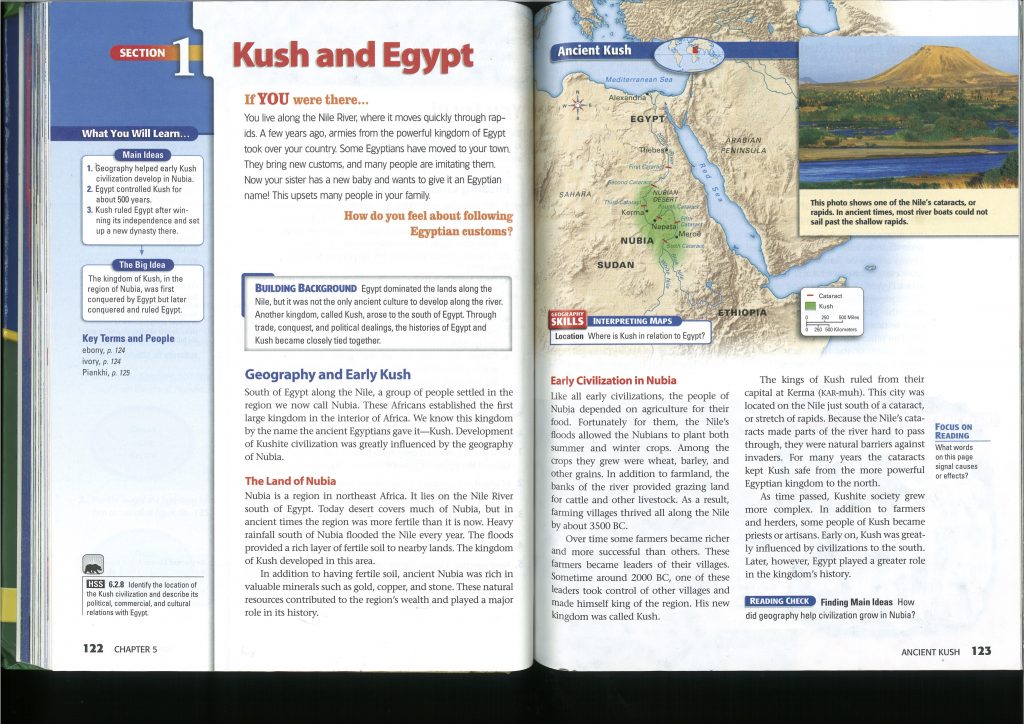

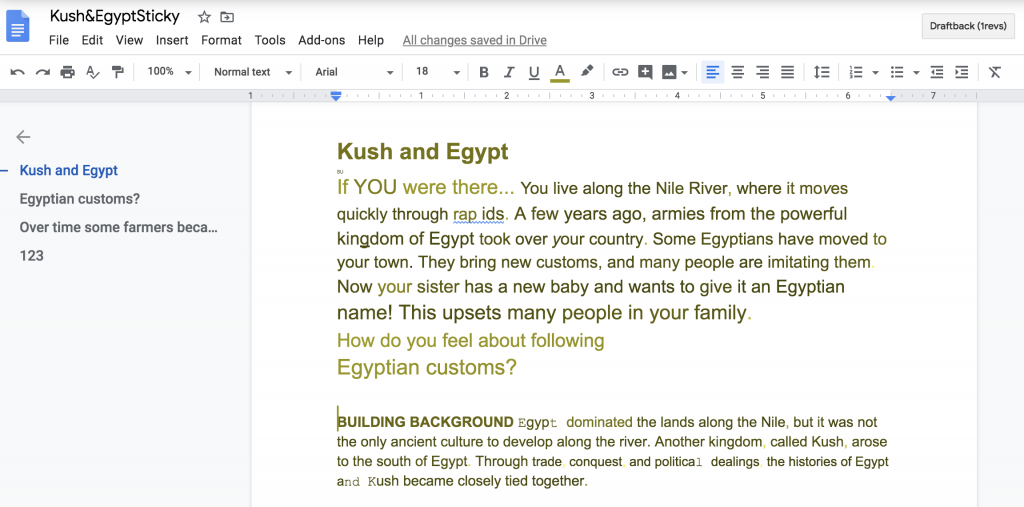

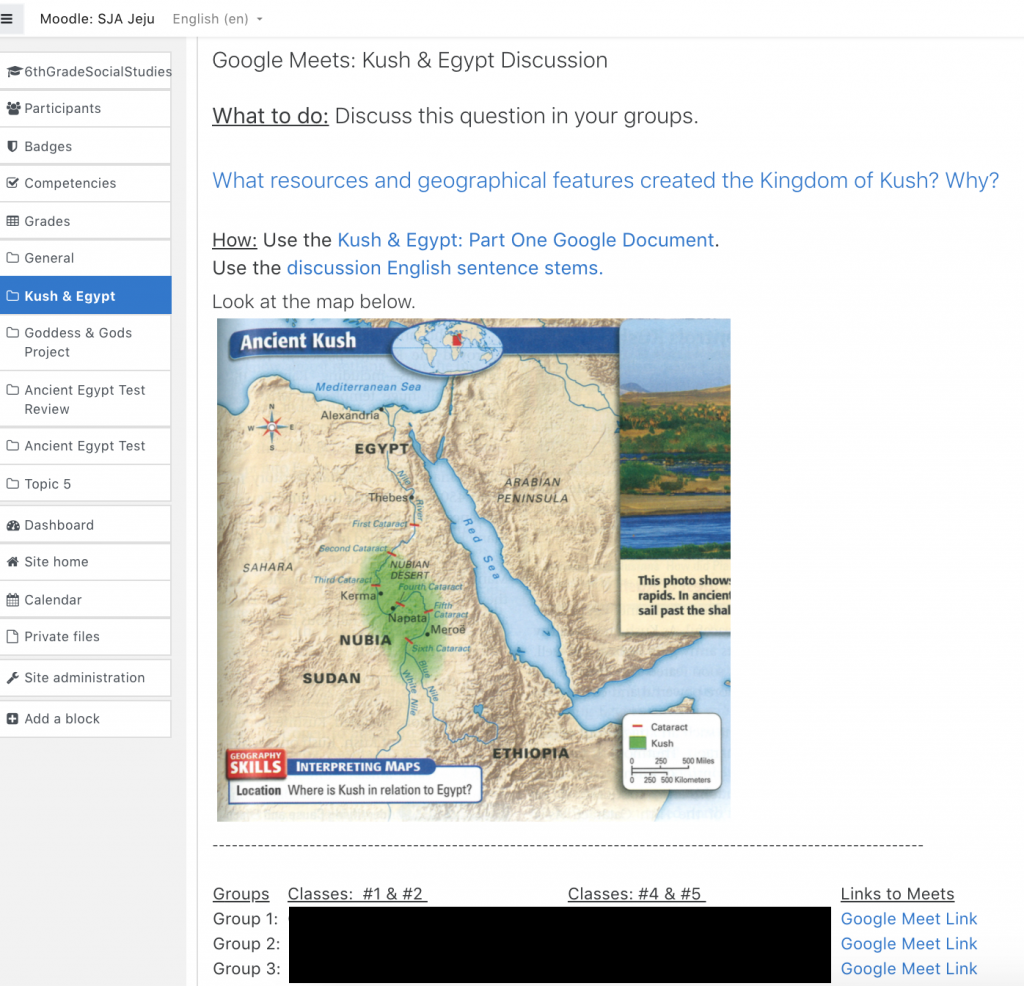
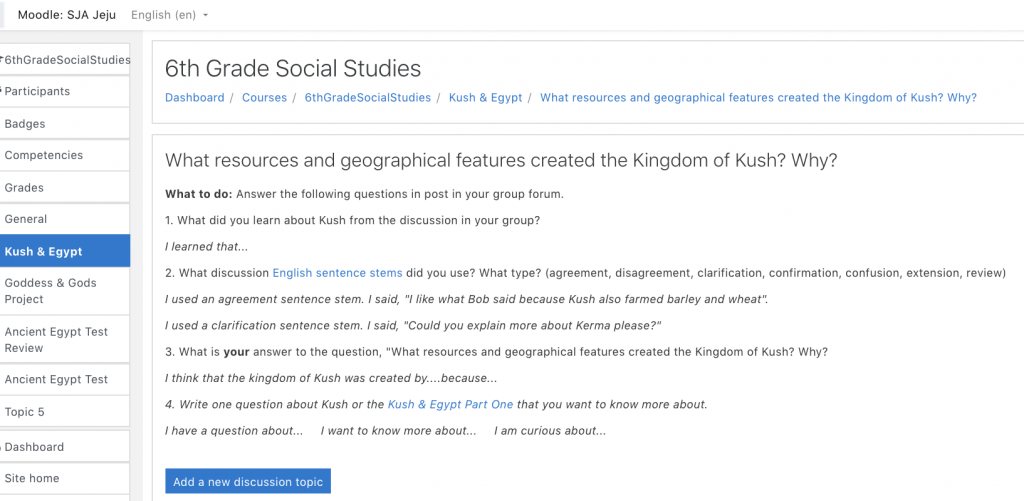
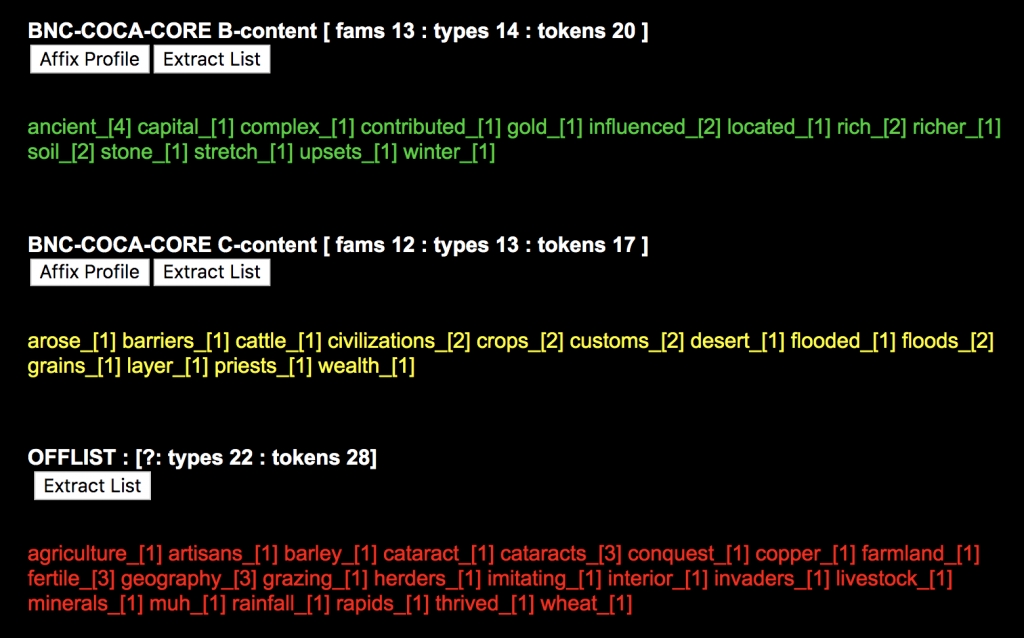
Additional the OCR’ed text can be lexically analyzed to identify core, repeating vocabulary, making the pre-teaching of vocabulary more specific and targeted. I often use Google Read&Write to create list of vocabulary or enter vetted lists of words directly into Quizlet lists.

